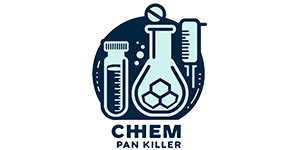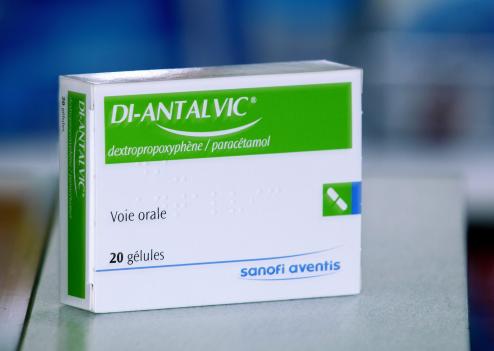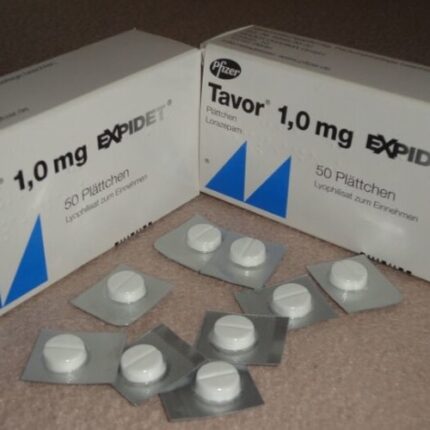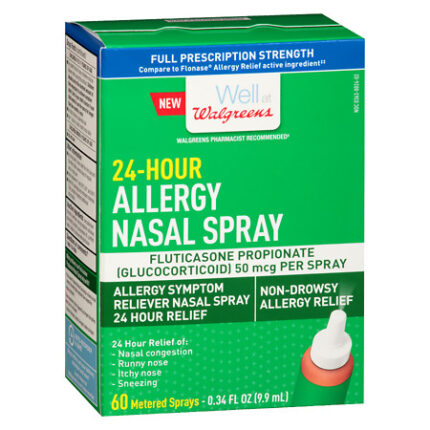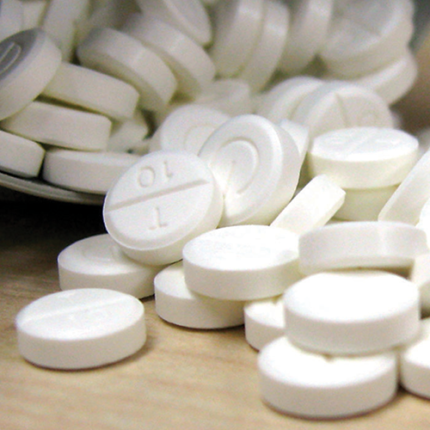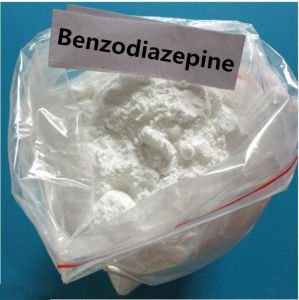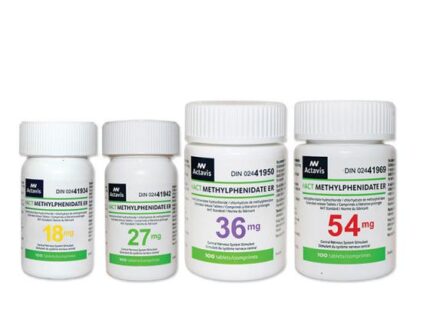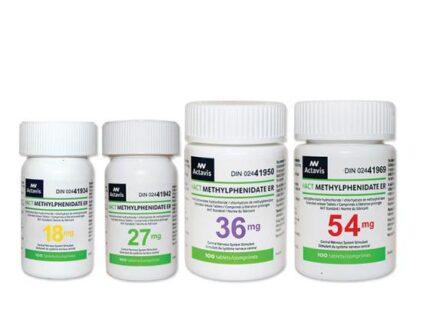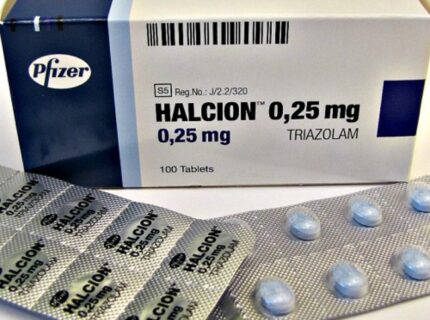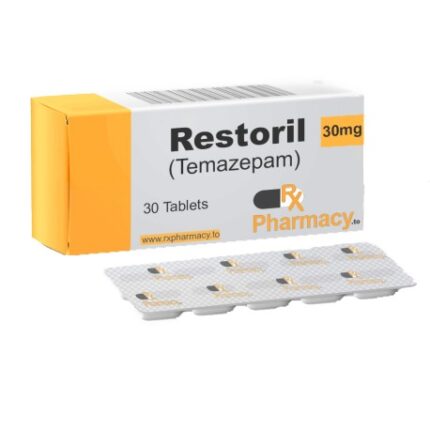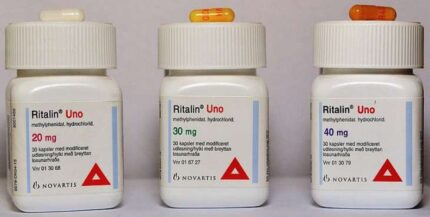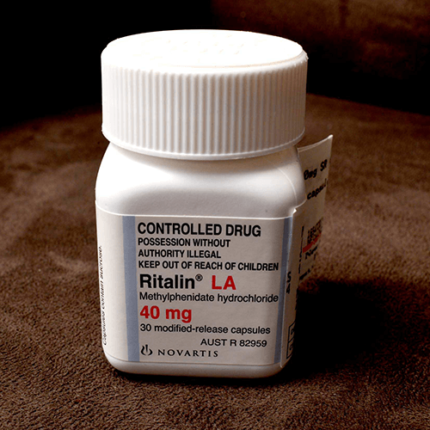_x000D_
Darvocet (Generic)
_x000D_ Generic Name: Dextropropoxyphene _x000D_ Brand Names: Balacet, Darvocet, Darvon, Propacet_x000D_ Manufacturer: Various_x000D_ _x000D_ _x000D_ Each tablet contains: 65 mg Dextropropoxyphene and 500 mg Paracetamol (Acetaminophen)._x000D_ _x000D_ Davocet (Dextropropoxyphene) is an analgesic in the opioid category. It is used to treat mild to moderate pain and as an anti-tussive. It can be used to ease surgical pain both prophylactically and palliatively. It is possible to classify it as a mild opioid pain-killer, however it is considered no more effective than aspirin in treating pain._x000D_ _x000D_ Davocet (Dextropropoxyphene) is sometimes combined with paracetamol (acetaminophen) or aspirin. Trade-names include Darvocet-N for dextropropoxyphene and paracetamol and Darvon-N with ASA for dextropropoxyphene and aspirin.[3][4] It is also sometimes sold in combination with caffeine in order to deter abuse and augment analgesia._x000D_ _x000D_ There is no peer-reviewed evidence that this combination is any more effective than paracetamol alone. There is significant anecdotal evidence from patients that Darvocet is more effective than paracetamol, but a third of patients suffering chronic pain report relief from that pain when treated with placebo._x000D_ _x000D_ It is an optical isomer of levopropoxyphene. The racemic mixture is called propoxyphene._x000D_ _x000D_ Some preparations that contain dextropropoxyphene include Distalgesic and Doloxene._x000D_ _x000D_ Dextropropoxyphene is an analgesic in the opioid category. It is used to treat mild pain and is additionally an anti-tussive and local anesthetic._x000D_ _x000D_ Dextropropoxyphene is sometimes combined with acetaminophen or acetylsalicylic acid. Trade-names include Darvocet-N and Di-Gesic Darvon with APAP for dextropropoxyphene and paracetamol and Darvon with ASA for dextropropoxyphene and aspirin. The paracetamol combination(s) are known as Capadex or Di-Gesic in Australia, Lentogesic in South Africa, and Di-Antalvic in France. The paracetamol preparation is known as co-proxamol in the UK, but has been withdrawn since 2007 and is no longer available to new patients._x000D_ _x000D_ Indications_x000D_ Analgesia_x000D_ Dextropropoxyphene, like codeine, is a weak opioid, known to cause dependency among recreational users. Codeine is more commonly used; however, as codeine is, in essence, a prodrug that requires in vivo metabolism to the more active opioid morphine for maximum efficacy, it is ineffective for some individuals with the poor metabolizer genotype of the liver Cytochrome P450 enzyme CYP2D6. It is in people with this low-function isoform of the CYP2D6 gene that dextropropoxyphene is particularly useful, as its metabolism does not require CYP2D6._x000D_ _x000D_ Restless legs syndrome (RLS)_x000D_ Propoxyphene has been found to be helpful in relieving the symptoms of restless legs syndrome (RLS)._x000D_ _x000D_ Opioid withdrawal_x000D_ In pure form, dextropropoxyphene is commonly used to ease the withdrawal symptoms in people addicted to opioids. Being very weak in comparison to the opioids that are commonly abused, dextropropoxyphene can only act as a partial substitute. It does not have much effect on mental cravings; however it can be effective in alleviating physical withdrawal effects, such as muscle cramps._x000D_ _x000D_ Contraindications_x000D_ Allergy to paracetamol or dextropropoxyphene; alcoholism; combination with amphetamine. Not intended for use in patients who are prone to suicide or addiction._x000D_ _x000D_ Toxicity_x000D_ Darvocet overdose is commonly broken into two categories: liver toxicity (from paracetamol poisoning) and dextropropoxyphene overdose._x000D_ _x000D_ Many users experience toxic effects from the paracetamol (acetaminophen) in pursuit of the endlessly-increasing dose required for pain relief. They suffer acute liver toxicity, which causes severe stomach pains, nausea, and vomiting (all of which are increased by light or stimulation of the sense of sight)._x000D_ _x000D_ An overdose of dextropropoxyphene may lead to various systemic effects. Excessive opioid receptor stimulation is responsible for the CNS depression, respiratory depression, miosis, and gastrointestinal effects seen in propoxyphene poisoning. It may also account for mood/thought altering effects._x000D_ _x000D_ In addition, both propoxyphene and its metabolite norpropoxyphene, have local anesthetic effects at concentrations about 10 times those necessary for opioid effects. Norpropoxyphene is a more potent local anesthetic than propoxyphene, and they are both more potent than lidocaine. Local anesthetic activity appears to be responsible for the arrhythmias and cardiovascular depression seen in propoxyphene poisoning._x000D_ _x000D_ Both propoxyphene and norpropoxyphene are potent blockers of cardiac membrane sodium channels and are more potent than lidocaine, quinidine, and procainamide in this respect. As a result, propoxyphene and norpropoxyphene appear to have the characteristics of a Vaughn-Williams Class Ic antiarrhythmic._x000D_ _x000D_ These direct cardiac effects include decreased heart rate (i.e. cardiovascular depression), decreased contractility, and decreased electrical conductivity (i.e., increased PR, AH, HV, and QRS intervals). These effects appear to be due to their local anesthetic activity and are not reversed by naloxone. Widening of the QRS complex appears to be a result of a quinidine-like effect of propoxyphene, and sodium bicarbonate therapy appears to have a positive direct effect on the QRS dysrhythmia._x000D_ _x000D_ Seizures may result from either opioid or local anesthetic effects. Pulmonary edema may result from direct pulmonary toxicity, neurogenic/anoxic effects, or cardiovascular depression._x000D_ _x000D_ Available forms_x000D_ Propoxyphene was initially introduced as propoxyphene hydrochloride. Shortly before the patent on propoxyphene expired, propoxyphene napsylate form was introduced to the market. Napsylate salt is claimed to be less prone to abuse, because it is almost insoluble in water and therefore cannot be used for injection. Napsylate also gives lower peak blood level. Because of different molecular mass, a dose of 100 mg of propoxyphene napsylate is required to supply an amount of propoxyphene equivalent to that present in 65 mg propoxyphene hydrochloride._x000D_ _x000D_ In the United States, dextropropoxyphene HCl is available as a prescription formulation with paracetamol (acetaminophen) in ratio anywhere from 30 mg / 600 mg to 100 mg / 650 mg (or 100 mg / 325 mg in the case of Balacet), respectively. These are usually named Darvocet. On the other hand, Darvon is a pure propoxyphene preparation available in the U.S. that does not contain paracetamol.

